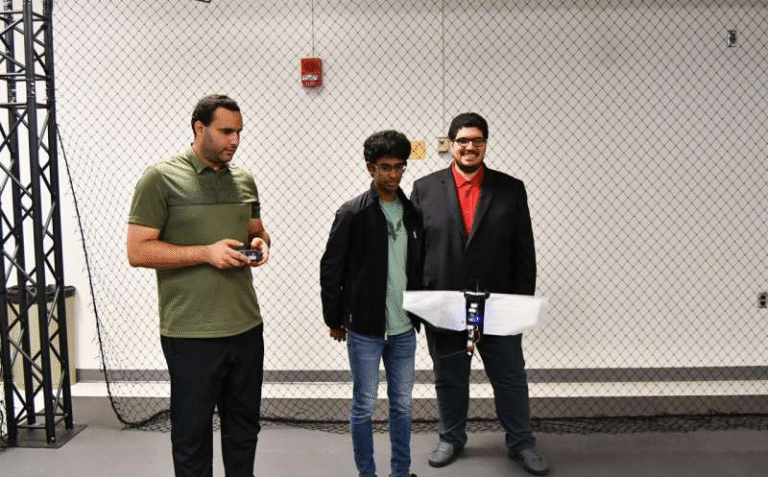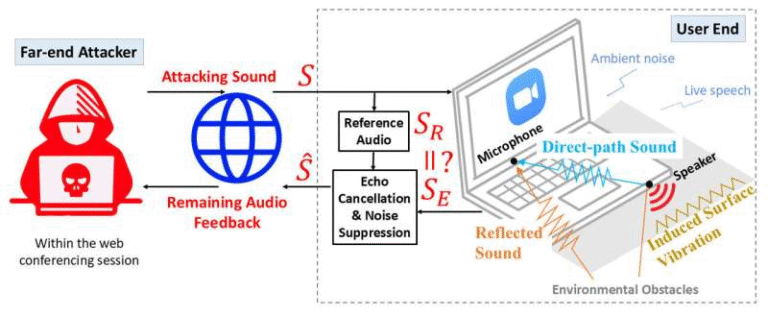NYU Researchers Build an AI Tool That Spots Risky, Ambiguous, and Unenforceable Contract Clauses

Contracts are supposed to clarify things, yet they often do the opposite. Many people sign employment agreements or rental leases without fully understanding what they’re agreeing to, simply because most of these documents contain ambiguous, unfair, or even illegal clauses. A research team from New York University has developed a new AI system, called ContractNerd, designed to help everyday people and contract drafters identify these problematic sections before they turn into disputes.
ContractNerd uses large language models (LLMs) and legal-reference databases to examine leases and employment contracts, identifying clauses that are missing, legally sound, unenforceable, or legally risky—with risky clauses labeled as high, medium, or low risk. The tool aims to make contract analysis accessible to non-lawyers while also helping professionals avoid drafting errors that might later lead to conflict.
The system is trained on legal sources such as Westlaw, Justia, and Agile Legal, along with region-specific regulations. Although it currently focuses on contracts in New York City and Chicago, the creators plan to expand its geographical reach.
Understanding the Problem Contracts Try to Hide
Many people sign contracts without noticing small phrases that dramatically change their obligations. For example, a line like “Tenant must provide written notice of intent to vacate at a reasonable time” might look simple, but the word “reasonable” is undefined and therefore ambiguous. Another example often found in employment contracts—“Employee agrees not to work for any business in the United States for two years following termination”—is flat-out unenforceable in many states because broad non-compete clauses violate state law.
These kinds of clauses can leave tenants paying for unexpected costs or employees restricted from job opportunities. ContractNerd was designed specifically to spot phrases like these and categorize them based on their legal status and risk level.
How ContractNerd Works
The tool accepts PDF uploads of contracts and asks the user to identify the contract’s type—rental or employment—and its jurisdiction. From that point, ContractNerd analyzes each clause individually. It doesn’t just highlight potentially bad clauses; it explains why they may be ambiguous, risky, or unenforceable according to the law in that region.
It also identifies missing clauses, which is important because many standard contracts omit key protections. For instance, a lease may fail to mention essential responsibilities that should legally be spelled out.
The system’s references come from:
- Thomson Reuters Westlaw
- Justia, a source for standard rental language
- Agile Legal, a library of legal clauses
- State and city regulations
This combination helps the tool understand what a clause is supposed to say, what it usually says, and when it contradicts legal guidelines.
How Well ContractNerd Performs Compared to Other Systems
To evaluate ContractNerd, the researchers ran several comparisons between it and other available AI-based contract analysis tools. One system, named goHeather, was used as a direct benchmark.
Key Findings:
- In tests predicting which clauses would be considered unenforceable in actual legal cases, ContractNerd achieved the highest accuracy.
- A panel of non-expert reviewers compared analysis results from ContractNerd and goHeather, judging them based on relevance, accuracy, and completeness. ContractNerd won the majority of comparisons.
- Clayton Gillette, a contracts law expert from NYU School of Law, reviewed outputs from both tools. He found ContractNerd’s analyses more thorough, although goHeather’s explanations were easier to read.
These evaluations highlight that ContractNerd aims for depth and detail, which is important for users wanting to fully understand the risks within their contracts.
Why This Tool Matters
Millions of tenants and employees regularly sign documents without legal guidance. Professional contract review is expensive, and many people don’t realize they’re agreeing to unfair or unlawful clauses until it’s too late.
ContractNerd provides a practical middle ground—it’s not a replacement for a lawyer, but it offers clarity to people who otherwise would have none. It helps:
- Tenants avoid leases with hidden responsibilities
- Employees identify illegal non-compete or overreaching requirements
- Drafters ensure fairness and legal accuracy
- Businesses prevent disputes before they escalate
The creators emphasize that contracts should be both legal and fair, and tools like this can help achieve that balance.
Additional Context: How AI Is Changing Legal Document Analysis
AI-powered contract analysis is becoming more common as large language models improve. Traditional contract review tools relied heavily on keyword matching and could miss nuance. Modern systems can:
- Interpret context
- Compare clauses with legal norms
- Highlight ambiguity
- Suggest specific improvements
Tools like ContractNerd show a shift toward combining LLM reasoning with retrieval-augmented generation (RAG), where the model is grounded in verified legal databases. This reduces hallucinations and supports more trustworthy analysis.
LLM-based systems also benefit from:
- Long context windows, allowing them to read and evaluate entire contracts at once
- Clause-by-clause reasoning, reducing confusion between unrelated sections
- Jurisdiction-sensitive evaluation, which is crucial because contract enforceability can differ dramatically between states
We’re in an era where legal tech is rapidly evolving. While these systems cannot replace qualified legal professionals, they are improving access to clearer legal understanding for ordinary people.
Broader Implications for Tenants and Employees
Contract disputes often begin because one party either misunderstood the document or didn’t realize a clause was unenforceable. Common issues include:
- Overly broad non-compete clauses
- Ambiguous time frames like “reasonable notice”
- Unfair cost-shifting requirements
- Restrictions on tenant rights
- Undefined responsibilities
- Missing disclosures
With tools like ContractNerd, more people can identify these risks early. Even if they still consult a lawyer, they’ll know which questions to ask.
Where ContractNerd Can Improve
Although ContractNerd performs well, the evaluations noted areas where future versions could be even better:
- Simplifying language so non-experts can understand results without legal training
- Expanding to more states and contract types
- Balancing thoroughness with readability
- Improving formatting and user interface
As the developers continue refining the system, its usefulness is likely to grow.
Why This Research Matters Beyond Just Contract Review
The work behind ContractNerd offers insights into how AI will interact with law going forward:
- It demonstrates responsible use of AI by grounding answers in legal sources.
- It shows how LLMs can be used carefully in sensitive areas requiring accuracy.
- It contributes to the broader movement of making legal information accessible.
- It helps highlight how ambiguous or biased clauses shape everyday people’s lives.
Legal technology is evolving fast, and tools like this one show how AI can help bridge gaps between specialists and the public.
Research Paper Link
ContractNerd: An AI Tool to Find Unenforceable, Ambiguous, and Prejudicial Clauses in Contracts





